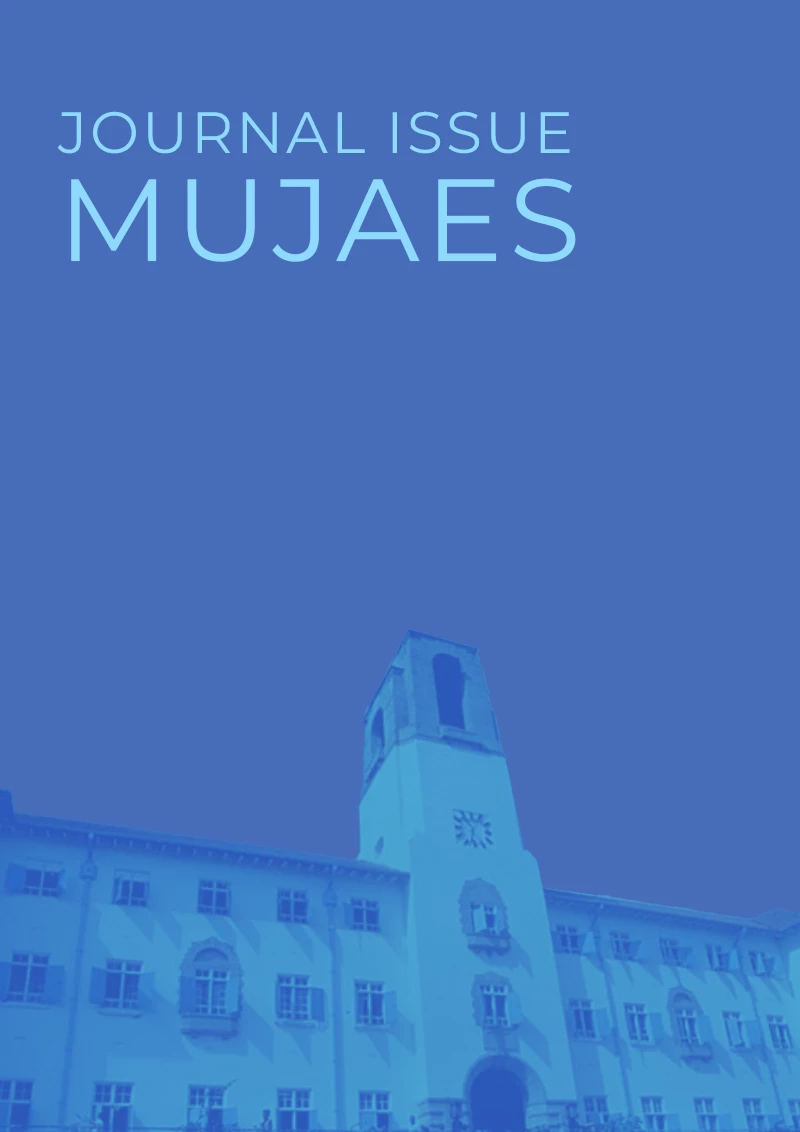Farmer identification of production constraints: An assessment of farmer participation in Uganda

Abstract
Permitting farmers' needs constraints to define the demand structure for technological research and development is now considered to be essential if African National Agricultural Research and Extension systems (NARES) are to develop client-relevant technologies. Contemporary approaches advocate direct participation by farmers in these assessments. An important assumption made by those who advocate integrating farmer knowledge into research agenda planning is that farmers will identify and prioritise constraints differently from research scientists.
If the assumption is accurate, then differences in constraint perceptions need to be identified and explored in order to improve the capacity for interpreting and utilising farmer knowledge to advance research agenda planning. This assumption is analysed using information from a survey conduced in 1994 of 543 farmers in 5 districts of Uganda, and a research review and prioritisation exercise conducted in 1994 with research scientist from the Ugandan National Agricultural Research Organisation (NARO). Constraint categories derived from the literature are used to compare and contrast commodity specific production constraints. Results indicate that farmer prioritisation of commodity specific constraints only partially differ from those provided by scientists. Also, farmers are more likely to specify visible biological constraints such as insects and vertebrate pests, and economic constraints such as labour and markets. Researchers on the other hand are more likely to specify varietal deficiencies and plant diseases. Reconciling perceptual differences can best be done by including farmers in priority setting exercises at the time when they occur.
Keywords
Farmers, Researchers, Research Planning, Needs assessment, Uganda